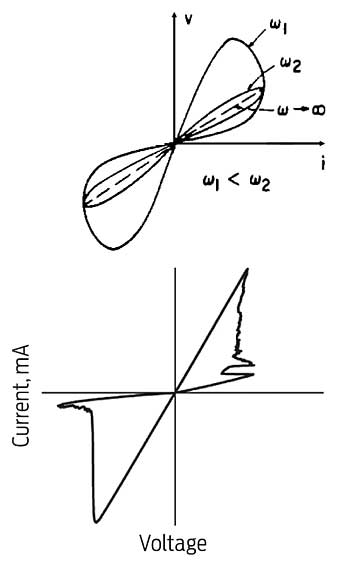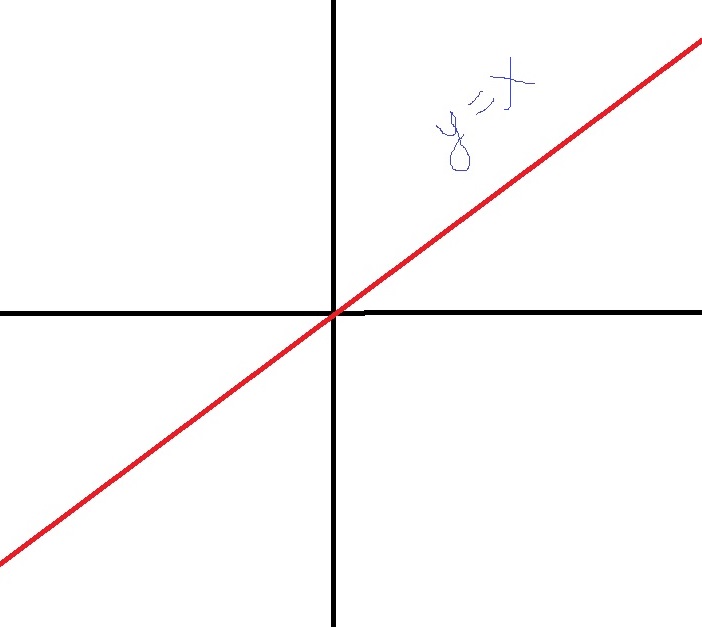
My first encounter with the word “hysteresis” was ten years ago when I was editing a particularly difficult electrical engineering feature. That story was one of my favourite I’ve ever worked on, the wild first-person account of the researcher who had unearthed an ancient prediction of a fourth circuit design element, foretold by the laws of mathematical symmetry to augment the holy trinity of electrical circuit design elements: the resistor, the capacitor and the inductor.
What distinguished this fourth mythical element – today known as the “memristor” – from its workaday siblings was its behaviour, which depended more on its history than on any stimulus hitting it at any given moment. This tendency is called hysteresis, and the makers of memristors hope it will make the computers of the future act more human.
But what did that actually mean? Even after months of editing this thing with several of the world’s best electrical engineers at my disposal, I couldn’t wrap my head around the concept. They explained it to me every way they could, including comparing it to the behaviour of a synapse: the connections between neurons can become stronger or weaker depending on the number of electrical signals they’ve traded in the past. They sent me this graph of a bowtie.

It was unedifying. I finished the edit without ever coming to grips with the meaning of hysteresis. But over the next decade, thoughts of that maddening bowtie would come to me unbidden. I couldn’t get it out of my head. It gnawed at me because, even though the math was far beyond anything I could handle, there was something familiar itching just under the surface of that shape.
What set this circuit element apart from its three siblings was that its behaviour was nonlinear. Those other three behaved according to linear dynamics.
Ah, linear dynamics. Now we’re talking. Linear dynamics is the world we want. It’s orderly and predictable. y=x. If this, then that. For every action, an equal and opposite reaction. Calories in, calories out. A beautiful, dare I say Nietzschean diagonal that conquers ever upward, never repeating past mistakes, eternally approaching self-actualisation. Linear dynamics is who we want to be.

But nonlinear dynamics is who we are, as hysteresis shows. That bowtie is more Sisyphean than Nietzschean, forever doomed to start each day full of resolve, but then small slights and irritations pile up through the day. Maybe something reminds it that it was called fat in 8th grade and its mother told it that it was stupid, and then it remembers the things that give it shelter from that persistent history. Its resolve drifts imperceptibly off the straight and narrow, until by about 5 o’clock, it is feeling at most y = 1/2x. By 7 pm its determination to hit the gym has vanished, and instead of cooking itself a healthy dinner with 2 servings of vegetables and protein, it lets the produce rot in the fridge and orders a pizza. And maybe a bottle of wine.
And yet somehow, the next morning it resolves again to meet the day’s goals. It behaviours are dependent on the past, in ways that are almost too complicated to account for. This repeating loop, this trying and failing but trying again, it’s the basis of things as mundane as not being able to develop a gym habit, or as life-altering as drug addiction and the inability to break the pattern of an abusive relationship. The hysteresis loop is the graph of so much human frailty – but also strength.
Because hysteresis isn’t good or bad. Yes, it describes a deep human weakness – why we keep repeating the same patterns like cuckoo clocks, always ending up back where we started – but maybe also our greatest strength: that we forget that it will probably always turn out the same way in the end, and get up every day and start again anyway, because today is the day we’ll get it right. If you want human behaviours programmed into silicon, this is as good a place to start as any.
Certainly hysteresis is a much better approximation of the human understanding of and response to the world than the sterile y=x. I would be interested in an electronic device that can fail, and then convince itself to try again.
Image credits:
Running from your demons, “Monographien zur deutschen Kulturgeschichte, herausgegeben von G. Steinhausen” British Library.
Pinched hysteresis loop, courtesy of R. Stanley Williams
This. Is fun. Thanks for the read!
As a working example, your heating/air conditioning system has hysteresis, without it the valves and pumps would wear out within weeks instead of years. As the room temperate changes, it hits a threshold to activate the system, but as it hits that threshold, the threshold changes too. For heating, as the temperature drops to your threshold of say 20°C, the heating comes on, but then the threshold changes to say 22°C for it to turn off. So it has to heat the house by 2°C before it can turn off again, then it stays off until the house drops back to 20°C. The opposite for air-con, but the same idea. Otherwise it would sit on the threshold rapidly turning the system on and off again, and the mechanical components wouldn’t like it very much.